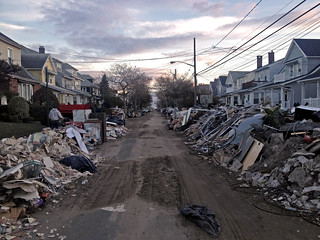"Crime After Crime" Inspires Domestic Violence Legislation in New Jersey
Yoav Potash’s Hillman Prize-winning documentary Crime After Crime tells the story of Debbie Peagler, a woman who served over 20 years in prison for the murder of her husband and later won her freedom using a California law that allows battered women who strike back against their abusers to petition a court to re-open their cases if evidence of that abuse was overlooked. Peagler’s husband had forced her into prostitution as a teenager and beat her throughout their marriage.
After seeing the Crime After Crime, 16-year-old Micaela Mangot decided that her home state of New Jersey needed its own version of Debbie’s Law. She invited her state senator Loretta Weinberg to a screening of the film. The senator was so moved by Debbie’s story and Micaela’s activism that she drafted a version of Debbie’s Law for New Jersey. If the bill becomes law, it will be the second of its kind in the nation.









